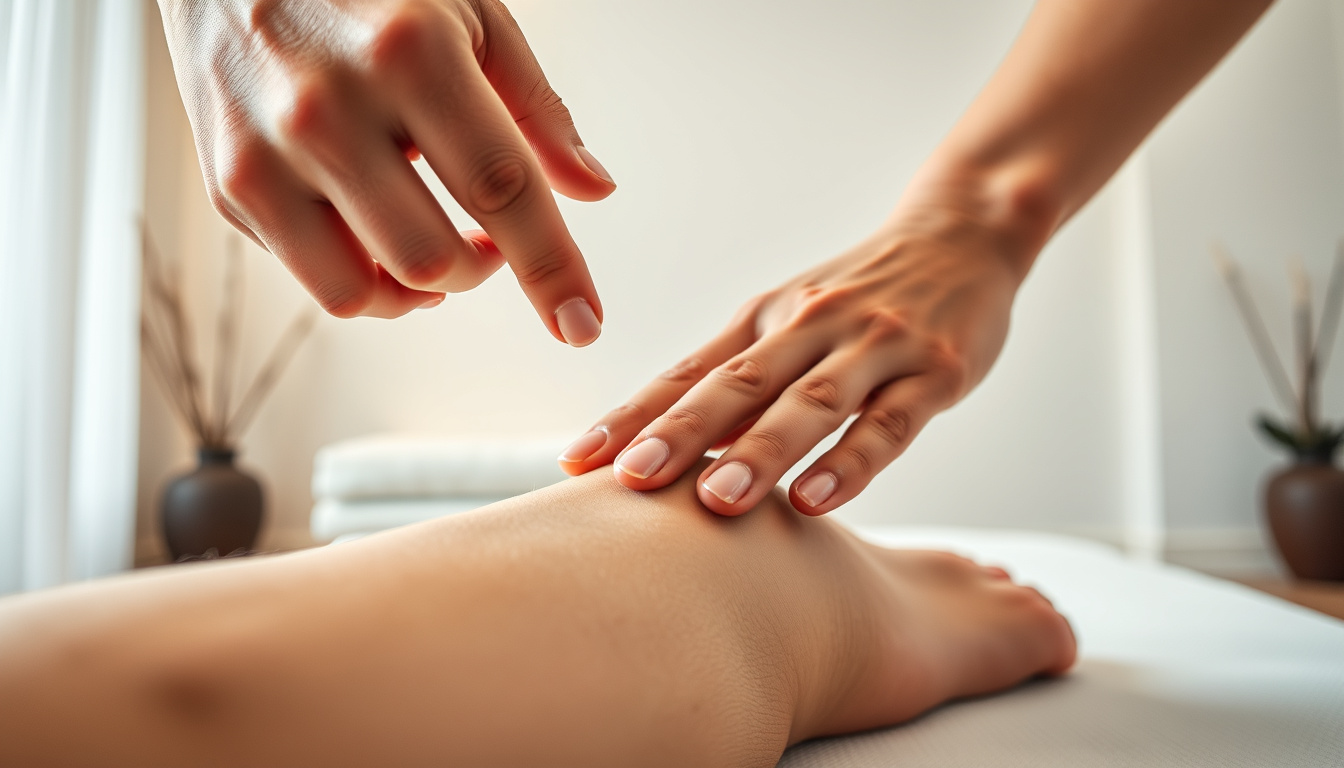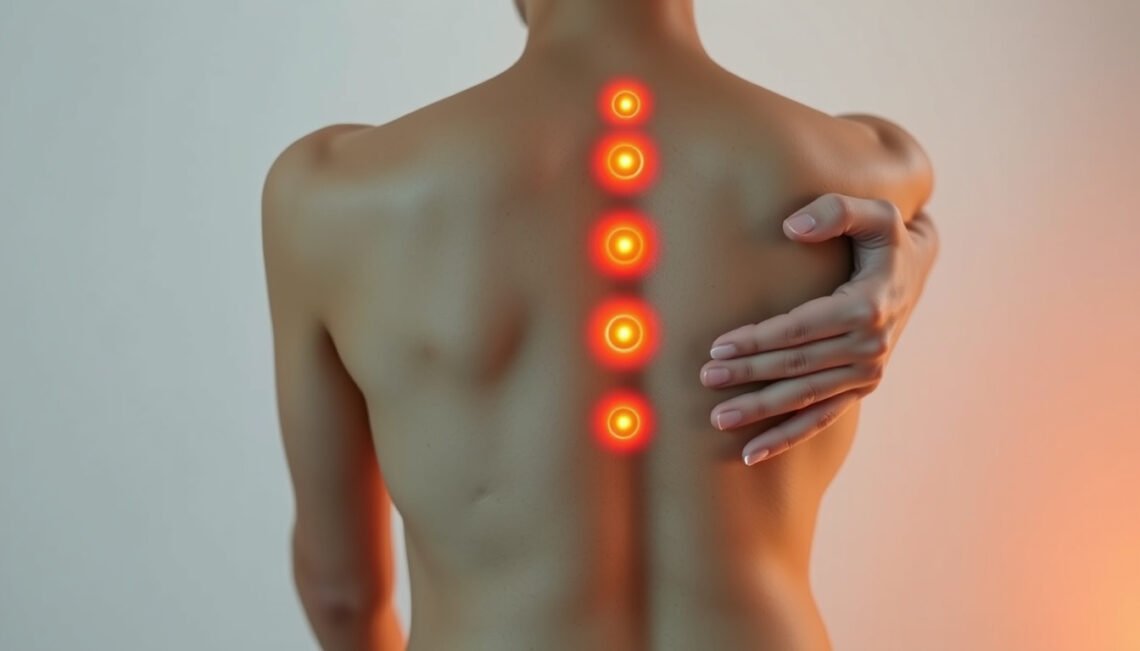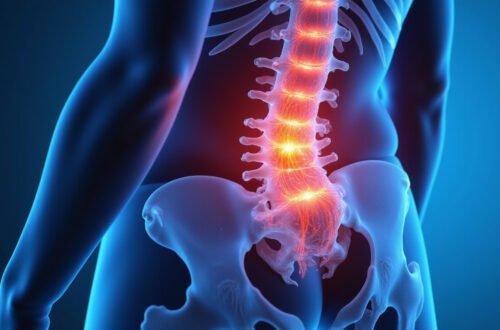Sciatica pain can be debilitating, affecting your ability to sit, stand, or move comfortably. If you’re looking for a natural way to ease your discomfort, sciatica acupressure offers a promising solution. This ancient technique involves applying pressure to specific points on the body to relieve nerve pain, improve circulation, and promote healing. In this article, we will explore effective sciatica acupressure techniques that can help you find fast and natural relief.
Understanding Sciatica and Its Causes
Before diving into sciatica acupressure methods, it’s essential to understand what sciatica is. Sciatica refers to pain that radiates along the path of the sciatic nerve, which runs from the lower back through the hips, buttocks, and down each leg. This pain often occurs due to a herniated disk, bone spur, or spinal stenosis compressing part of the nerve.
Symptoms may include sharp, shooting pain, numbness, tingling, or muscle weakness along the nerve pathway. While conventional treatments often involve medication or surgery, acupressure offers a safe and natural alternative.
How Does Sciatica Acupressure Work?
Sciatica acupressure is based on Traditional Chinese Medicine (TCM) principles. By stimulating key acupoints, acupressure helps to unblock the flow of Qi (energy) and blood circulation around the affected area. This, in turn, reduces inflammation and relaxes the tight muscles compressing the sciatic nerve.
Unlike acupuncture, which uses needles, acupressure applies firm but gentle pressure with fingers, thumbs, or specialized tools. This makes it a convenient, non-invasive technique suitable for home practice.
Key Acupressure Points for Sciatica Relief
Targeting the right points is crucial for effective pain relief. Here are some of the most beneficial acupressure points for sciatica:
-
Huantiao (GB30)
Located where the hip joins the buttock, GB30 is a primary point for sciatic nerve pain. Applying pressure here can relieve lower back and buttock pain. -
Yanglingquan (GB34)
Found just below and in front of the head of the fibula (outer leg bone near the knee), GB34 helps improve circulation and relax muscles along the sciatic nerve pathway. -
Weizhong (BL40)
At the back of the knee crease, BL40 is effective for lumbar and leg pain. Stimulating this point can ease stiffness and reduce nerve tension. -
Zusanli (ST36)
Located four finger widths below the kneecap on the outer side of the shin bone, ST36 supports overall energy and nerve health. -
Sanyinjiao (SP6)
Near the inner ankle, about four finger widths above the ankle bone, SP6 is useful for releasing muscle tightness in the lower leg.
Step-by-Step Sciatica Acupressure Techniques
Here’s how to apply acupressure on these points safely and effectively:
-
Prepare Your Body
Make sure you are seated comfortably or lying down. Warm your hands by rubbing them together to enhance blood flow. -
Locate the Acupoints
Use the descriptions above to find each point. It may help to use a mirror or seek guidance from a practitioner initially. -
Apply Pressure
Using your thumb or index finger, press firmly on the acupoint. The pressure should be strong enough to feel but not so painful that it causes discomfort. -
Hold and Massage
Maintain steady pressure for 1-3 minutes while making small circular movements to stimulate the point. -
Breathe Deeply
Take slow, deep breaths as you stimulate each point to promote relaxation. -
Repeat
Move to the next acupoint and repeat the process. For best results, perform this routine 1-2 times daily.
Benefits of Using Sciatica Acupressure
Incorporating sciatica acupressure into your pain management plan offers several benefits:
- Natural Pain Relief: Avoid relying solely on medications that may have side effects.
- Improved Mobility: Loosens tight muscles and improves nerve function.
- Reduced Inflammation: Enhances circulation and reduces swelling.
- Convenient and Accessible: Can be done at home without special equipment.
- Promotes Holistic Healing: Supports overall body balance and well-being.
Precautions and When to See a Doctor
While sciatica acupressure is generally safe, certain precautions should be observed:
- Avoid applying pressure on open wounds, bruises, or inflamed skin.
- Pregnant women should consult their doctor before performing acupressure.
- If you have severe or worsening symptoms, including loss of bladder or bowel control, seek immediate medical attention.
- Always listen to your body; if acupressure causes increased pain, stop and consult a healthcare professional.
FAQ About Sciatica Acupressure
Q1: How quickly can I expect relief from sciatica acupressure?
Relief times vary, but many experience noticeable improvement after a few sessions, usually within days to a week of consistent practice.

Q2: Can sciatica acupressure be combined with other treatments?
Yes, acupressure complements other therapies such as physical therapy, stretching exercises, and medication. Always inform your healthcare provider about any combined treatments.
Q3: Is sciatica acupressure effective for chronic sciatica pain?
While it may not cure the underlying cause of chronic sciatica, acupressure can significantly reduce pain and improve quality of life when included as part of a comprehensive management plan.
Final Thoughts: Embrace Natural Sciatica Relief Today
If you’re tired of living with persistent sciatic nerve pain, sciatica acupressure techniques offer a fast, natural, and empowering way to find relief. By regularly stimulating targeted acupressure points, you not only reduce pain but also support your body’s natural healing processes. Incorporate these techniques into your daily routine, and experience the benefits of ancient wisdom combined with modern understanding.
For more detailed information on acupressure and nerve pain, you can refer to resources like the National Center for Complementary and Integrative Health (source), which offers insights into traditional healing methods that may complement your medical care.
Don’t let sciatica control your life—try these sciatica acupressure techniques now and step towards a pain-free future!






